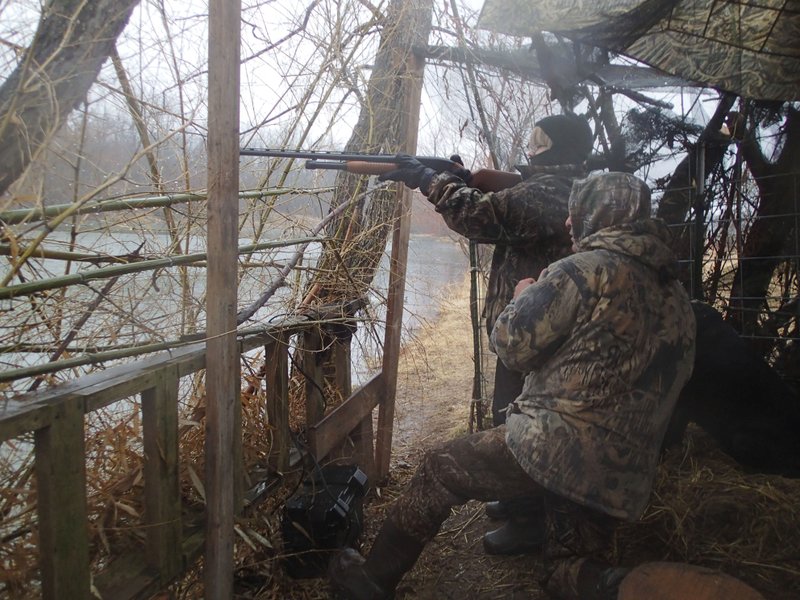Each year, Arkansas waterfowl hunters harvest more mallards than any other state. In many years, Arkansas' mallard harvest exceeds the total taken by entire flyways.
Waterfowl hunters are not required to report every duck or goose they take. Instead, the U.S. Fish and Wildlife Service has been gathering harvest estimates through the Harvest Information Program since it went nationwide in 1999.
The U.S. Fish and Wildlife Service has kept track of waterfowl harvest through other formal surveys since the late 1950s and early 1960s, said Jason Carbaugh, assistant biologist supervisor with the service. Some of those surveys were added as components of the harvest program when it came out, he said.
Most hunters' experience with the program is simply registering for free when they buy their license so they can hunt migratory birds. During that registration, the cashier at the license machine or the online system at agfc.com asks a few questions about how many birds the hunter estimates they harvested in the previous year, if any.
Many hunters mistakenly believe that's how harvest estimates are gathered, but it's only the first step in a larger process to develop accurate estimates.
A few thousand hunters are randomly selected from harvest program registrations to take part in one of two harvest surveys: the Migratory Bird Hunter Survey or the Waterfowl Parts Survey. Roughly 30% of the hunters approached agree to participate, which gives Fish and Wildlife a large enough sample size to make solid estimates on the entire waterfowl hunting population.
People selected for the hunter survey will receive a diary-style survey form just before the season begins or soon after registering within a season. They are asked to log the number, sex and species of all waterfowl harvested and give general details of each trip.
They turn in their results at the end of the season, and Fish and Wildlife pools their data with all other participants. These numbers are used to determine overall harvest numbers by state as well as species harvest numbers by state. They also indicate just how many program registrants actively pursue waterfowl.
Sports on 09/17/2019

